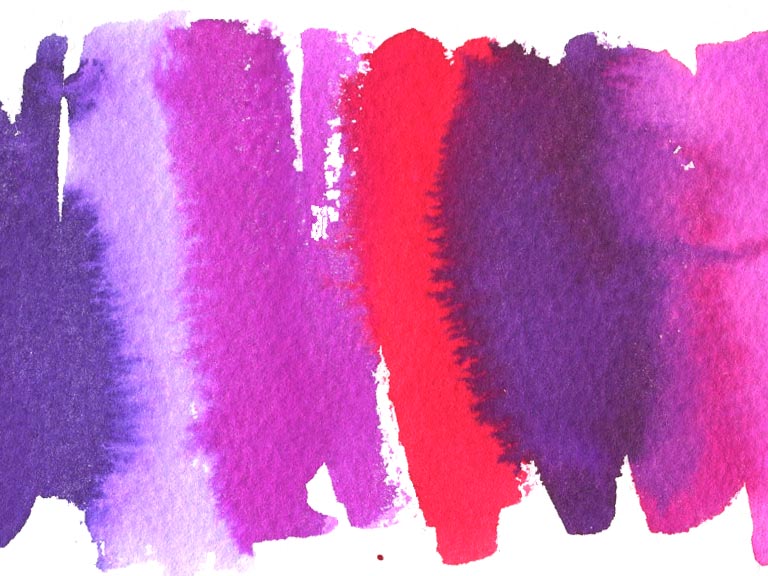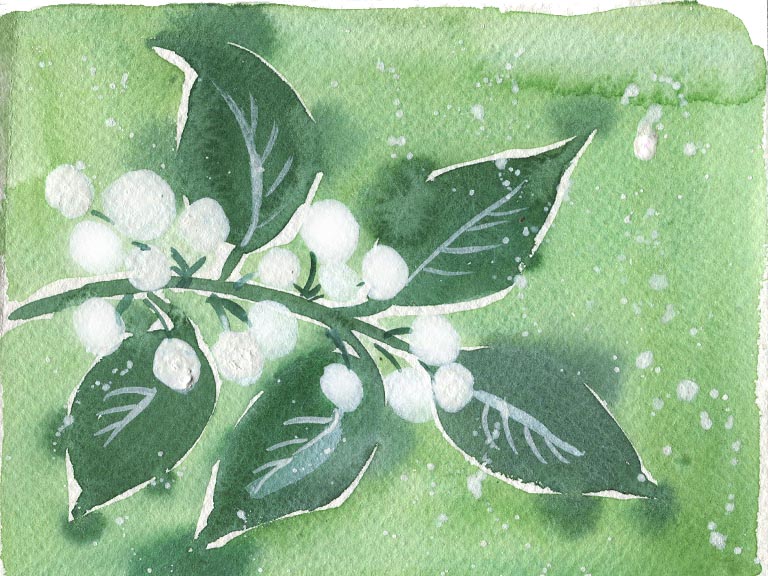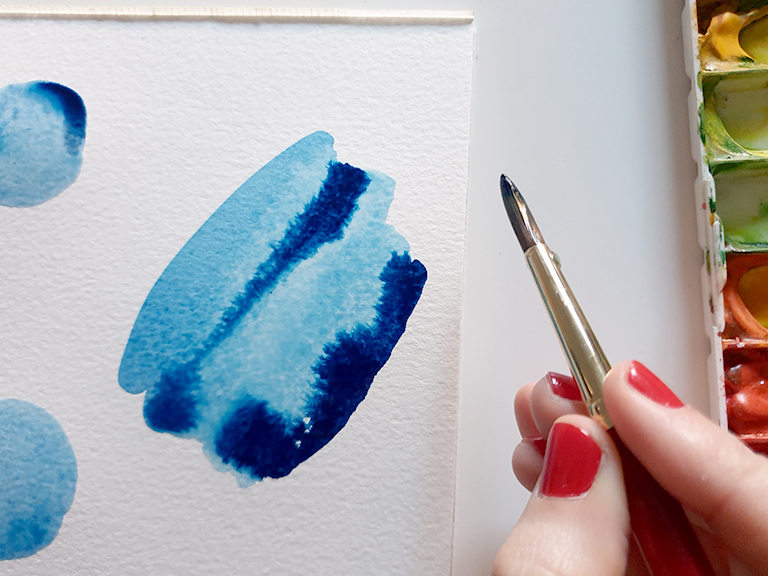If you’re looking for vibrant, punchy colours in your watercolour painting, liquid watercolour paints could be for you. These inky pigments are vibrant and luminous in colour and can create psychedelic pieces in a flash. But they have some hidden drawbacks that it’s important for beginners to know about – here’s my guide to liquid watercolours.
What are liquid watercolours?
Liquid watercolours are a type of watercolour paint where the pigments or dyes are in a liquid form. They are different from watercolour paint tubes or pans because the paint consistency is thin and watery, but the colour is very concentrated. Liquid watercolour paints are often vibrant and electric, much more so than regular watercolour paint which can be quite transparent.
However, there are two main drawbacks to liquid watercolours – firstly they’re very expensive compared to pan and tube watercolours. More importantly, some of them are not lightfast, which means they’re prone to fading in the months after they dry, so they can’t be used in work you want to sell or display on the wall.
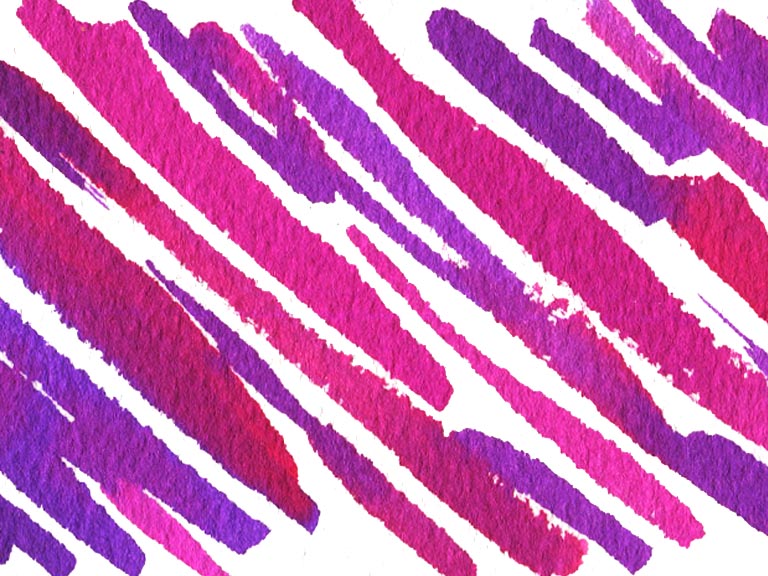
Why are liquid watercolours more vibrant?
They are made with highly concentrated dyes or pigments, giving them a rich, bright colour. They’re still translucent like watercolours and layer up well, but they have a vibrant and, in some cases, almost neon finish.
How to mix up liquid watercolours
The liquid watercolours from most brands come in tiny glass bottles and often have a pipette in the cap. This allows you to get out a few drops of the paint without tipping up the bottle. You will only need a little bit – they’re highly concentrated.
I know this seems obvious, but please be really careful when opening the bottle. Liquid watercolours are often made of dyes and although they may claim to be washable, they can stain clothes, carpets and soft furnishings if they spill. Trust me on this one, they even managed to mark my desk!
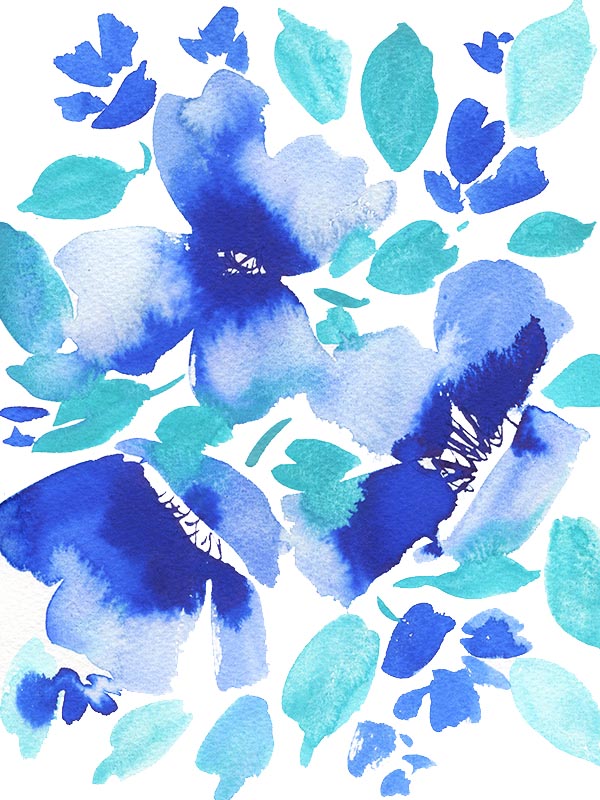
Shake the bottle well first – the pigments can settle at the bottom otherwise. Squeeze the pipette top and release to pull the paint into the glass tube, then drop it into your palette. You’ll probably want a ceramic palette for this, as they can stain plastic ones.
From there, you can add water with a clean brush. They should be diluted with a 1:1 ratio of paint to water for a normal mix, and you can use even more water to get a lighter value.
To mix colours, use the dropper to add little pools of neat paint around your palette, and create mixtures in a separate area of your palette so you can experiment while keeping the colours clean.
Can I mix liquid watercolours with regular watercolours?
Yes you can, although some watercolour paints with high granulation might not mix well, and may form clumps. Test it on a small area to see if it splits – it helps to add a lot of water and drag your brush down the page to check for splitting or separation. It may be that you like the effects, but a patch test will help you know for sure!
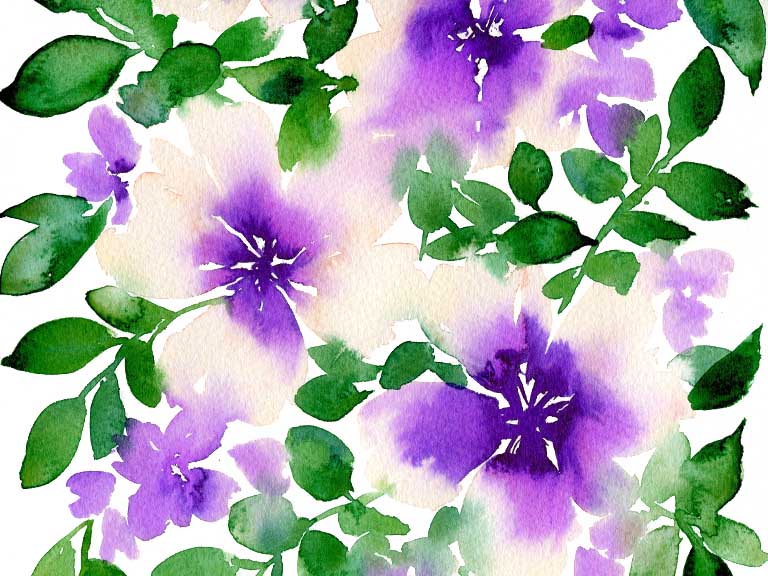
How to use liquid watercolours
You can use liquid watercolours the same way you’d use any watercolour paint. They work with your regular watercolour paper and brushes as normal.
I find liquid watercolours great for very colourful and vibrant pieces, like a floral arrangement or a luminous sunset, to make the most of the punchy colours. I’ve seen artists create incredible animal portraits with them – tropical fish, parrots in flight – essentially anything that’s loud, colourful and happy!
Experiment with different dilutions to see how light you can get the colours to create high-contrast paintings. Liquid watercolours can also be used neat if you like, but it doesn’t always blend as easily that way.
Finally, there are also creative ideas for liquid watercolours. Try painting some wet areas with a very light, watery mixture of regular paint, then adding drops or strokes of liquid watercolour and letting it bleed out. You can use the pipette to drop the liquid watercolour over your painting for splashy wet-on-wet effects, or even drag it along the paper like a pen, connecting to wet areas of paint. If you like a watercolour and ink style, you can also dip fountain pens into liquid watercolours.
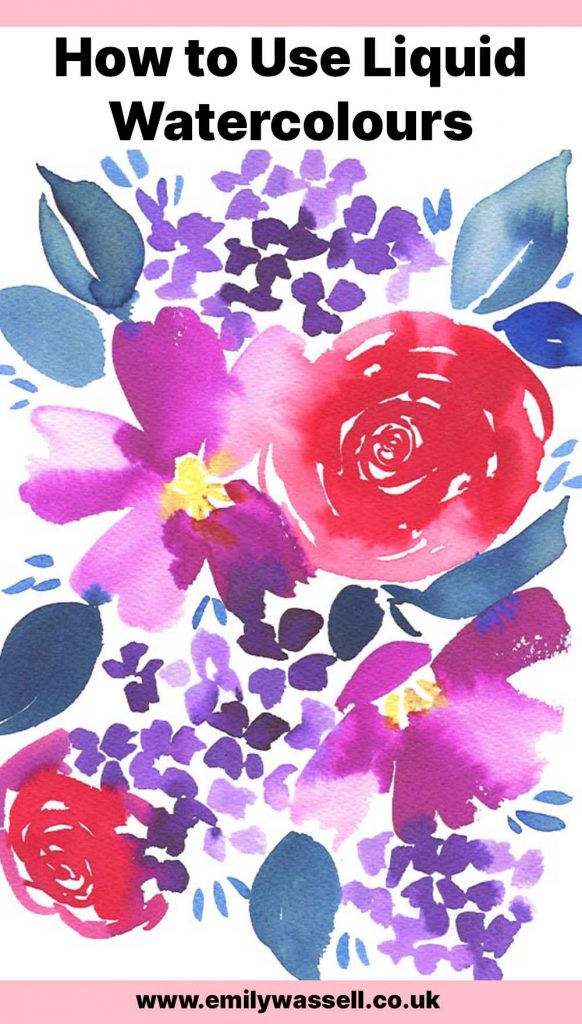
Why are my liquid watercolours creating veins?
This is a common effect created by using undiluted liquid watercolours in your work. Some people like the effect, but I find it a little distracting. Essentially, the liquid watercolours are not blending evenly, but spreading out in channels that look like veins. If the watercolour is still wet, use a wet brush to blend the paint and smudge together to remove them. If they’ve dried it can be trickier to fix, and it’s probably easier to embrace them!
Do liquid watercolours fade? Are they colourfast?
Yes, many liquid watercolours are prone to fading, because they are not always ‘colourfast’. This is a term used by paint manufacturers to describe paints that remain the same colour, even when exposed to sunlight. Some pigments and dyes can change tone or fade over time, which can change the look of your painting.
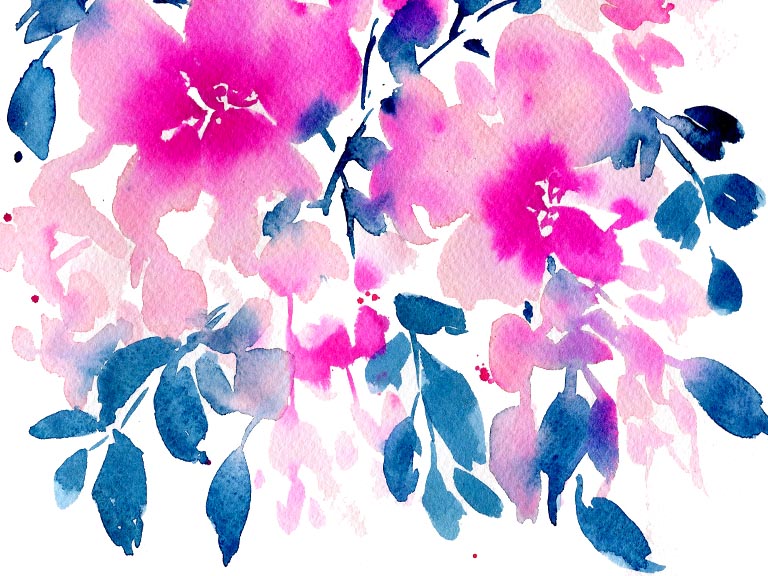
This was more a problem for artists in the past who had unreliable pigments – most modern watercolour paints use synthetic alternatives that are colourfast now, and it says this on the pan or tube from reputable brands. But liquid watercolours are different. They use dyes rather than granular paint pigments, which means they can fade just like your favourite jeans can fade in the wash or sunlight. This is a problem for painters if they want to sell or display their work on walls, because over time the painting will change, and the colours will start to disappear.
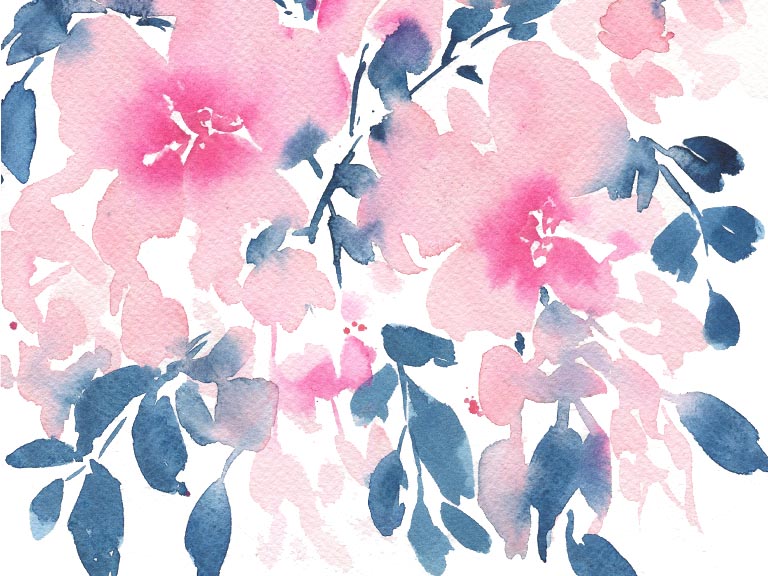
How long the liquid watercolours take to fade will depend on the brand and where the painting is displayed. If it’s in direct or bright sunlight, it will fade faster, but even displayed on a north-facing wall you should expect see the vibrancy deteriorate eventually.
I have a few pieces painted with liquid watercolours and it took a couple of years, but they both lost a lot of their colour. You can see the changes above in just a couple of years!
If you use liquid watercolours that fade, it helps to photograph or scan your artwork when it’s new – you can sell the digital prints that way.
Best liquid watercolour paints
Liquid watercolours are less common than traditional paints, but they’re great fun to play with and can give unique effects.
I use and love Dr PH Martins Radiant range of concentrated liquid watercolours. You can buy them in sets or individually, but be warned that they are expensive – I only have six colours in total!
Dr PH Martins also has the Hydrus range, which are labelled ‘lightfast’ and should not fade.
Overall, liquid watercolours are fantastic fun to play around with and can be used to achieve bright, powerful paintings. But if you’re a beginner looking for the best watercolour supplies, I’d recommend finding the right regular watercolour paints first – I use liquid watercolours infrequently and as an addition to my main palette.
Keep reading art guides
Download my free watercolour supply guide
Feeling overwhelmed and confused by watercolour paints, papers and brushes? Download my free guide filled with insider info, including a list of good supplies for every budget, and my complete supply list!
